The Museo del Prado is not only an essential references of Spanish culture is nurtured and excellent representation of human artistic production. The Centro Virtual Cervantes comes from this section, funds that houses the gallery Madrid, through various thematic selections of his painting.
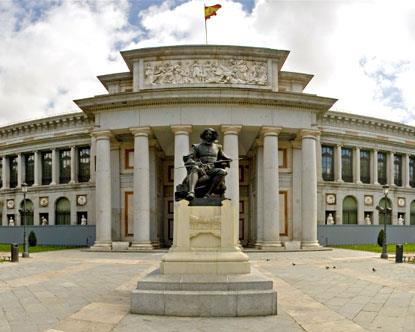
Information about the Prado
Located in the city center of Madrid, the Prado Museum in itself, since 1819, the core of a broad artistic scope, covering the works of masters from around the world. The museum is divided into two sites very close to each other: the Villanueva Building (the most representative), located in the Paseo del Prado, and the Cason del Buen Retiro. In October 2019 we opened an extension of the museum that features the cloister of the neighboring church of Jeronimos.
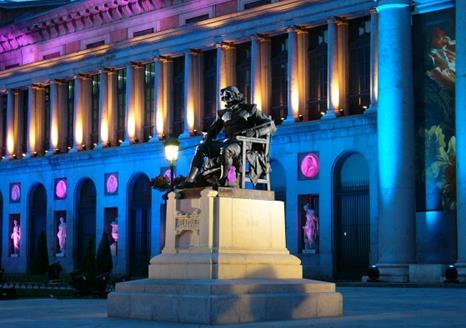
In the different rooms, the museum visitor can find not only exceptional examples of the paintings by Spanish (Goya, Velázquez, Zurbarán …), but also works of great masters of other schools (Titian, Rubens and Bosch, for example), as well as samples of high quality sculptures and other art.

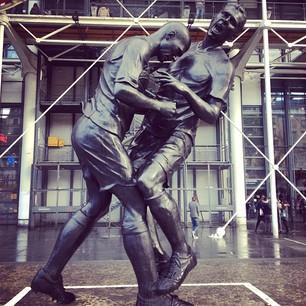

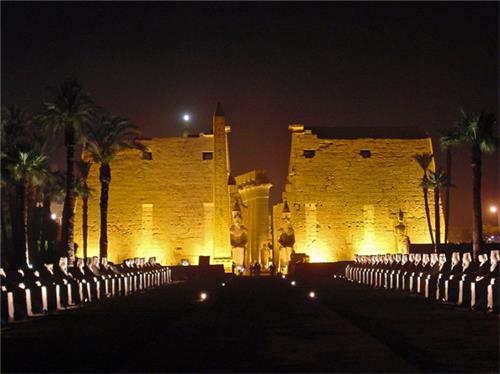

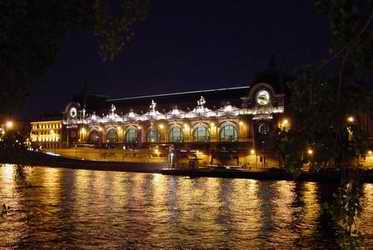
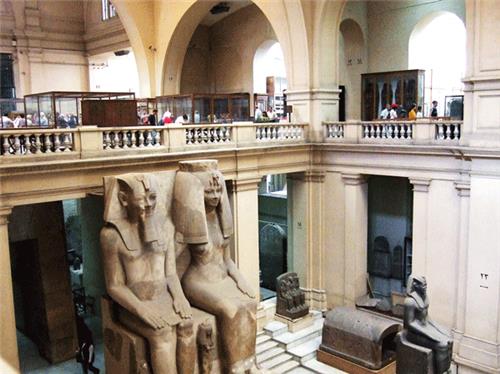 The French expedition brought more than 165 scholars and scientists in all specialties to study all aspects of Egyptian life, geography, zoology, geology, history, religion, traditions, laws etc. Those scientists showed great desire and enthusiasm to study the entire Egyptian, especially history and ancient monuments. Undoubtedly, the charm and grandeur of these monuments attracted many of them to go almost all regions of Egyptian territory especially in Upper Egypt. The ancient Egyptian monuments were the largest field of study and research for some of these historians and scholars. A few years later came the work of French painter and historian Vivian Dinon who walked enchanted by the wonders especially in Upper Egypt-Egypt, and finally his work resulted in a valuable book entitled “Travel to the Lower and Upper Egypt” published in Paris in 1803.
The French expedition brought more than 165 scholars and scientists in all specialties to study all aspects of Egyptian life, geography, zoology, geology, history, religion, traditions, laws etc. Those scientists showed great desire and enthusiasm to study the entire Egyptian, especially history and ancient monuments. Undoubtedly, the charm and grandeur of these monuments attracted many of them to go almost all regions of Egyptian territory especially in Upper Egypt. The ancient Egyptian monuments were the largest field of study and research for some of these historians and scholars. A few years later came the work of French painter and historian Vivian Dinon who walked enchanted by the wonders especially in Upper Egypt-Egypt, and finally his work resulted in a valuable book entitled “Travel to the Lower and Upper Egypt” published in Paris in 1803. 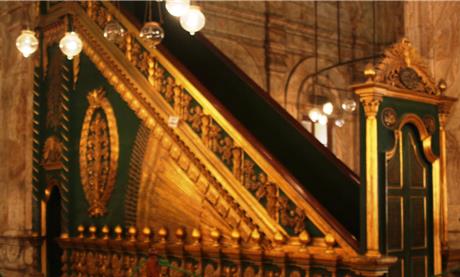 Thanks to Mariette Pacha (1821-1881) precurso the French Egyptologist who established the Egyptian Antiquities Service of first. Mariette in 1857 founded the first museum in the neighbourhood of true “Bulaq” in Cairo. It was, indeed, a small building that consisted of four rooms that were exposed objects and antiquities Egyptian . Soon, this museum was badly affected by the flooding of the river Nile, so the objects were transferred to an annex of a royal palace of the Egyptian Ismael Pacha in the city of Giza. now The Egyptian Museum in Cairo was a fruit of great efforts and good desire to preserve the ancient Egyptian artifacts. It was announced an international competition between European companies in the late nineteenth century to build a museum, and won the competition a company from Belgium, so the design of the facade of the museum, unfortunately, is not Egyptian, but was decorated in the style Greco-Roman.
Thanks to Mariette Pacha (1821-1881) precurso the French Egyptologist who established the Egyptian Antiquities Service of first. Mariette in 1857 founded the first museum in the neighbourhood of true “Bulaq” in Cairo. It was, indeed, a small building that consisted of four rooms that were exposed objects and antiquities Egyptian . Soon, this museum was badly affected by the flooding of the river Nile, so the objects were transferred to an annex of a royal palace of the Egyptian Ismael Pacha in the city of Giza. now The Egyptian Museum in Cairo was a fruit of great efforts and good desire to preserve the ancient Egyptian artifacts. It was announced an international competition between European companies in the late nineteenth century to build a museum, and won the competition a company from Belgium, so the design of the facade of the museum, unfortunately, is not Egyptian, but was decorated in the style Greco-Roman. 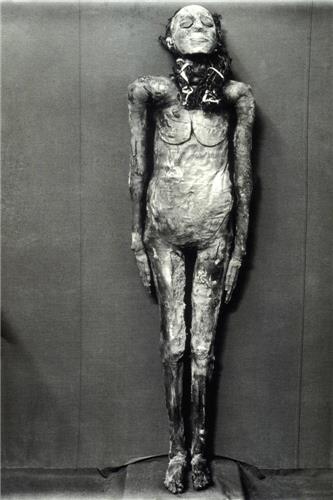 one of the fundamental divinities who played a large role in Ancient Egyptian Theology. Isis was the goddess of motherhood, loyalty, and magic. Here Isis is a figurative way Greco-Roman and not due to the traditional Egyptian style your wig and your gown also with node that is Roman. Salem addition, the facade was decorated in the Greco-Roman style due to the existence of two Ionic columns, as this type of columns only appeared in the Greco-Roman Period. After all they are some names of ancient Egyptian kings written into medallions. in the garden of the museum, some monuments are scattered here and there, most of them date from the New Kingdom period (1570-1080 a. C approx.). At the west end of the courtyard is a cenotaph, or symbolic tomb built in honor of the memory of the famous figure, the French Egyptologist Mariette Pasha, who was born in 1821 and died in 1881. It is, indeed, a marble cenotaph commemorating this famous figure who came to him the idea of fundção museum that houses and displays the objects found. He wished to be buried in this place, it seems that the cenotaph is only symbolic. The cenotaph is surrounded by busts of famous Egyptologists as one Champollião, Mariette, Selim Hassan, Labibi Habashi, Kamal Selim etc. At the centre of the courtyard is a fountain filled with two kinds of plants, the papyrus and lotus. The papyrus was the symbol of Lower Egypt (North), while the lotus was the symbol of Upper Egypt (the south). The papyrus is found in the swamps of the Delta region in northern Egypt. It is a plant that needs lots of water and measures almost 2 m. high. In Ancient Egyptian papyri were used to make writing paper, sandals, etc. and barges. While the lotus was in the South, and there were two species, the blue lotus and white lotus during the Ancient Egyptian Era.
one of the fundamental divinities who played a large role in Ancient Egyptian Theology. Isis was the goddess of motherhood, loyalty, and magic. Here Isis is a figurative way Greco-Roman and not due to the traditional Egyptian style your wig and your gown also with node that is Roman. Salem addition, the facade was decorated in the Greco-Roman style due to the existence of two Ionic columns, as this type of columns only appeared in the Greco-Roman Period. After all they are some names of ancient Egyptian kings written into medallions. in the garden of the museum, some monuments are scattered here and there, most of them date from the New Kingdom period (1570-1080 a. C approx.). At the west end of the courtyard is a cenotaph, or symbolic tomb built in honor of the memory of the famous figure, the French Egyptologist Mariette Pasha, who was born in 1821 and died in 1881. It is, indeed, a marble cenotaph commemorating this famous figure who came to him the idea of fundção museum that houses and displays the objects found. He wished to be buried in this place, it seems that the cenotaph is only symbolic. The cenotaph is surrounded by busts of famous Egyptologists as one Champollião, Mariette, Selim Hassan, Labibi Habashi, Kamal Selim etc. At the centre of the courtyard is a fountain filled with two kinds of plants, the papyrus and lotus. The papyrus was the symbol of Lower Egypt (North), while the lotus was the symbol of Upper Egypt (the south). The papyrus is found in the swamps of the Delta region in northern Egypt. It is a plant that needs lots of water and measures almost 2 m. high. In Ancient Egyptian papyri were used to make writing paper, sandals, etc. and barges. While the lotus was in the South, and there were two species, the blue lotus and white lotus during the Ancient Egyptian Era. 

